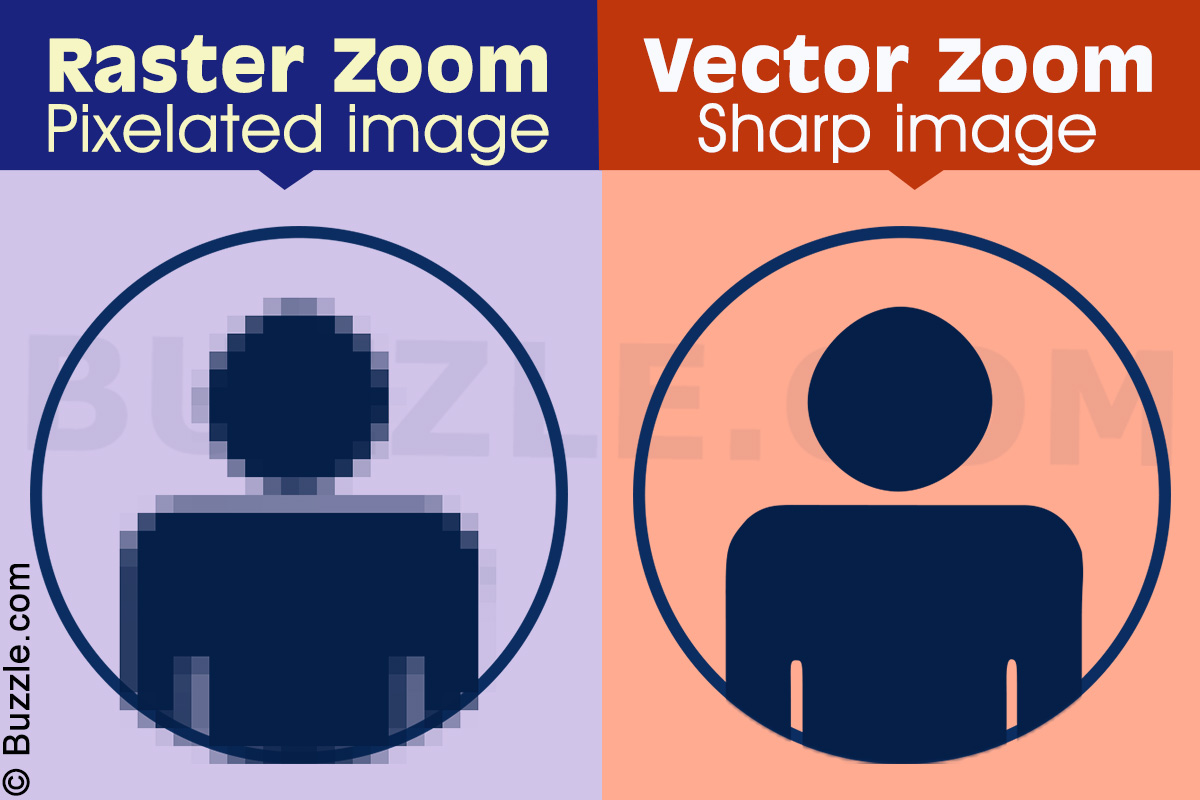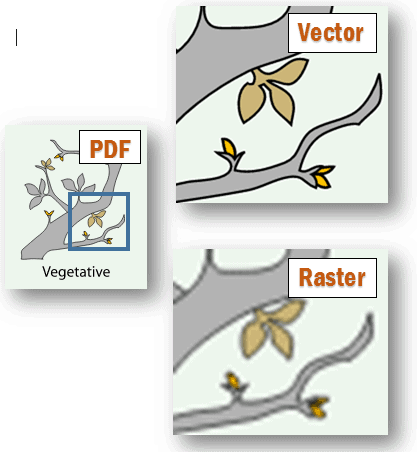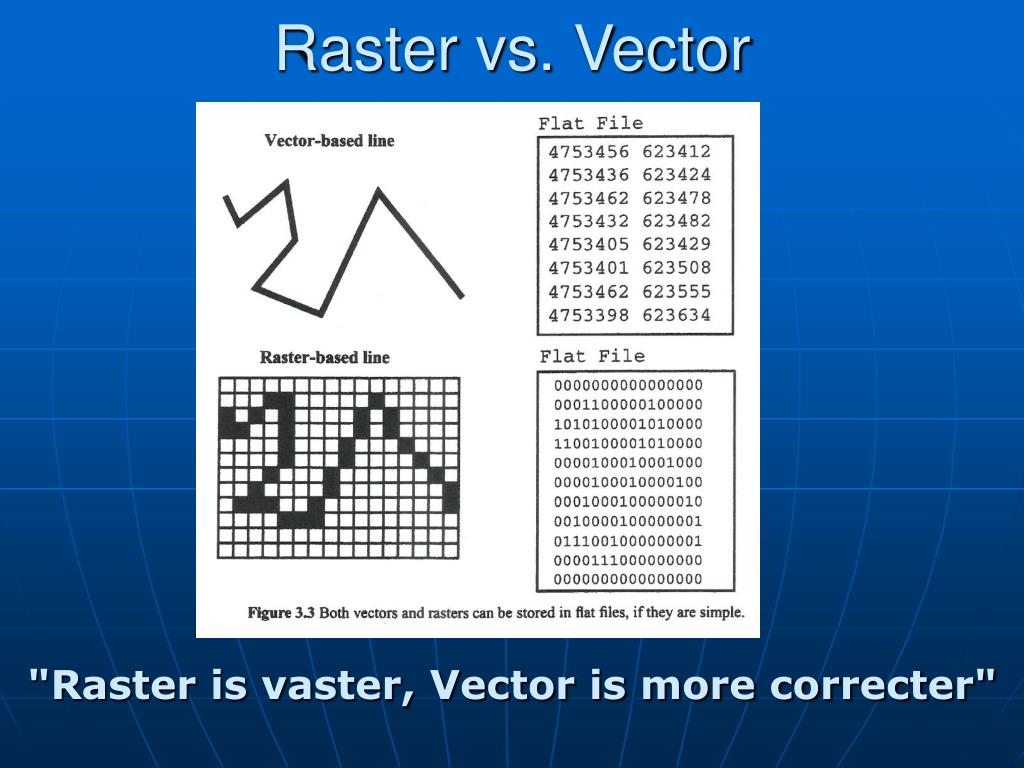

This would be impossible with a rasterized format. For instance, depending on the use, a business logo needs to be resized now and then. This is because such projects are less detailed and are often subject to regular changes. Vector images are a more common sight in line-art applications such as logo designs. Other than, you also need not worry about extra space because even when enlarged, a vector-image uses relatively less space. It simply means that your image will retain its quality regardless of how you enlarge it. Nonetheless, worry not as this does not mean you'll be dealing with calculus during editing. That is why you'll sometimes hear someone refer to the lines, shapes, and curves of a vector-based graphic as vertices and paths. The resolution of vector images is often dictated by mathematical equations. Vector-based data is often made up of various lines, shapes, and curves. This explains why they are a preferred option when it comes to web applications. While on the one hand, it's a downside, on the other hand, the pixel-based structure of a rasterized image is also an advantage as it can be scaled down to fit applications that require small-detailed images.

Thus, if space is an issue for you, it would be wise to downsize. You will, nonetheless, need a bigger disk as more pixels in an image mean that it'll use more disk space. Therefore, to ensure your raster-based images are of the best quality possible, use more pixels. Thus, the more pixels present per inch(PPI), the better the resolution and vice versa.

The resolution of a raster image is however dictated by the number of pixels in every inch. When you zoom in or enlarge, you're practically forcing your device to create non-existent pixels, hence the pixelation. They include millions of pixels, which makes them impressively detailed. While raster graphics are popular, it's vital to note that due to their pixel-based structure, they tend to be grainy or blurry when resized or enlarged. Raster files are typically larger than vector graphics. Some of the most common raster formats include: In most cases, these pixels are square-shaped, regularly spaced, and each one carries a specific shade, which contributes to the vivid and detailed appearance of the image. Also known as a bitmap, a raster image is a graphic made up of thousands or even millions of colored dots known as pixels. There is no upper or lower limit for sizing vector images. The most obvious advantage of vector images over raster graphics is that vector images are quickly and perfectly scalable. Selecting a region changes the language and/or content on you use the internet every day, then you encounter raster graphics daily. Inherently, vector-based graphics are more malleable than raster images thus, they are much more versatile, flexible and easy to use. Begin exploring how this platform enables illustrators to create beautiful, functional artwork that can stand alone or enhance any graphic designs. Learning the basics of Adobe Illustrator can be a great place to master the fundamentals before flexing your creative muscles with vector art. “You need to have a good base in the fundamentals before you start trying to break rules.”


 0 kommentar(er)
0 kommentar(er)
